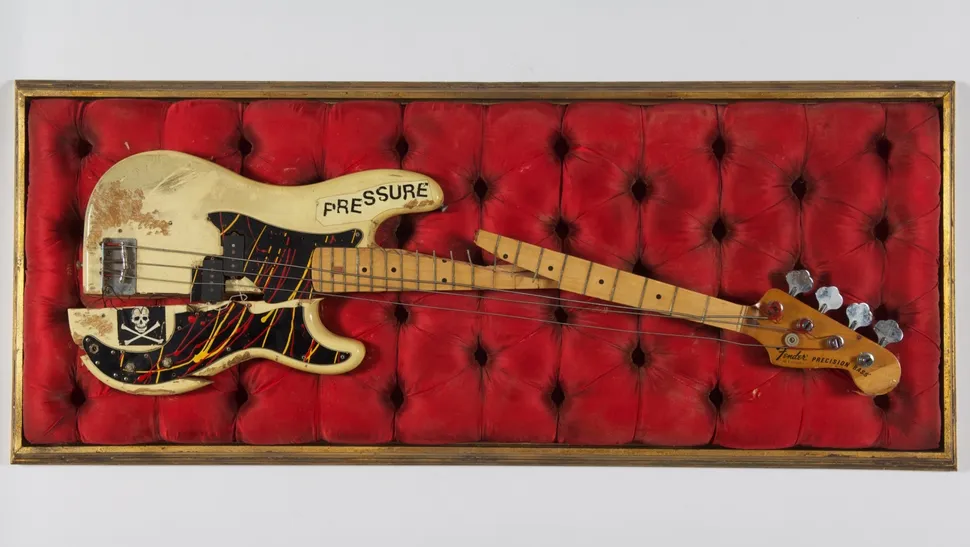
Recently, Matt Yglesias wrote one of his contrarian essays arguing the case for the Austro-Hungarian Empire. There’s so much wrongness about it that it’s hard to know where to start.
Perhaps the best place to start is some basic history of the empire over the 19th century. As the Holy Roman Empire was dying off, the Austrian Empire was formed from it and lasted from 1804 to 1867. From there it transformed into the Austria-Hungary Empire. During the 19th century the Empire, led by the Hapsburgs, had stability issues. It was battered from the outside by leaders such as Napoleon of France and Bismarck of Prussia/Germany. It was torn internally, with revolutions like those in 1848. Even under less dramatic situations, it struggled to manage large parts of it due to things like the divisive actions of the Kingdom of Hungary.
Given all that, the idea that Yglesias puts forward that:
In today’s light, the idea of the Habsburg realms evolving into a multi-lingual democratic entity doesn’t seem particularly absurd.
Well, it is pretty absurd. The Emperor took all forms of actions to prevent the forces externally and internally from defeating the Empire, but those forces only grew stronger over that time. To imagine it evolving into a singular democratic entity is based on nothing and counter to the history of the Empire during that century.
Yglesias goes on to propose:
The empire wasn’t doomed by its diversity of linguistic groups — it started and then lost a major war.
Actually, it was doomed by its diversity in war and peace. In peacetime it was doomed by too many political groups it could not reconcile. In wartime it was doomed too. (This is covered in depth in the book, A Mad Catastrophe.) The army of the Emperor was terrible for many reasons, and a key one in particular that led to their downfall was the inability of its soldiers to communicate with each other.
Yglesias drives forward:
And this, I think, is the thin point: had the continent not plunged into war following Ferdinand’s assassination, I think the empire could have survived.
This overlooks why there was a war in the first place. The Empire was looking to flex their muscle in the Balkans since they made aims to move into that area that was once part of the Ottoman Empire. After the assassination, an ultimatum of demands was put to Serbia. The demands were difficult and still Serbia made an effort to agree with them. Despite being agreeable to all but one, Austria-Hungary would not accept this and this ultimately lead up to the Great War. The continent was plugged into that war because of the Empire.
Assuming no war – a tremendous assumption – he goes on to imagine an optimistic future for the Empire:
My optimistic view is twofold:
Absent the pretext of war, the Viennese authorities would recognize the need to return to parliamentary government, even if that meant dealing with socialists as a counterweight to the grab-bag of nationalists.
Franz Ferdinand wanted to cut Hungary down to size (literally) and the Hungarian nationalists might have realized that this was actually in their interests and would have let them be masters of their own domain.
Again no. Hungary had been fighting against the leaders in Vienna for decade. There’s nothing in their history that indicates they would have changed their minds. If you are going to be a contrarian historian, at least have some facts to support your counter history.
He also has a fantastical view of how the Empire might have operated:
I think a more workable version of federalism would have been to leverage the Empire’s small administrative divisions and create a state where a lot of power was devolved to local government with the national government handling national defense and foreign policy, plus the kinds of things that are run out of Brussels and Frankfurt in contemporary Europe.
This is also counter to the facts. Facts such as how Hungary would subvert any kind of spending that was not in their interest, including defense, to name just one.
More fantasy in the form of how schools would run:
The expectation would be that schooling would be available in one or two local languages of instruction in every locality, that every non-German student would be taught German as a foreign language, and that every German student would choose from one of the other languages of the empire. I think that absent the outbreak of war, this would have proved to be a sustainable model
Again, no. Not based on history.
Finally:
And by midcentury, the script has sort of flipped on the Habsburg domains. Far from a feudal relic, the empire starts to seem progressive and modern.
That certainly wasn’t going to happen when Franz Joseph was emperor. He truly was a feudal relic, and the only purpose of the empire was for him to be Emperor. Preferably an empire that was based on those of centuries past. He and the land he ruled was notoriously conservative and antiquated. Nothing in their history would indicate this would become anything other than that, short of dissolution.
In summary, Matt Yglesias imagines an Austria-Hungary that never existed and never could exist, but if it did, it would form a model of some ideal federation within Mittel Europa. The only place that might fill that bill is Switzerland.
If you want to read what the empire was really like at the end, read A Mad Catastrophe. As well, AJP Taylor has written several essays and books on the subject, including this. I’ve found all those worthwhile The Guardian has 10 more books on the topic, here. Finally, consider reading Musil’s The Man Without Qualities.





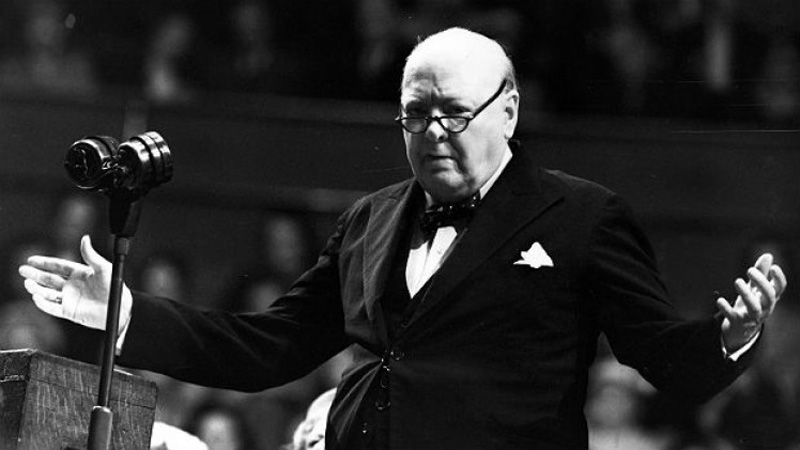





 In reading and writing about
In reading and writing about  Antony Beevor has a fine historical review of Russia’s winter wars in Foreign Affairs magazine. He revisits the wars waged by and against Russia since the beginning of the 18th century with Sweden. Many of them were great victories for Russia: this war against Ukraine may be different.
Antony Beevor has a fine historical review of Russia’s winter wars in Foreign Affairs magazine. He revisits the wars waged by and against Russia since the beginning of the 18th century with Sweden. Many of them were great victories for Russia: this war against Ukraine may be different.



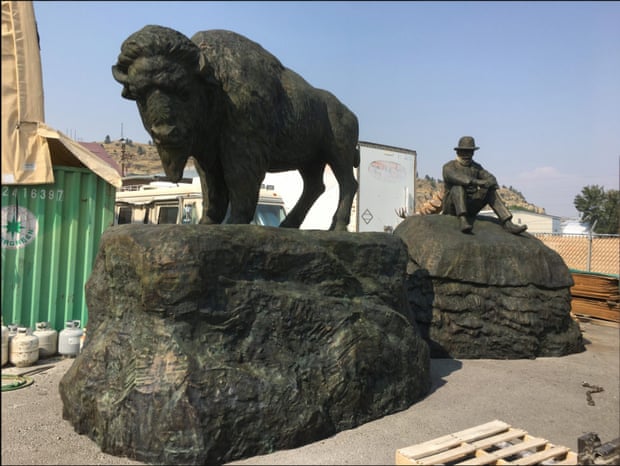










 So there’s a new
So there’s a new 






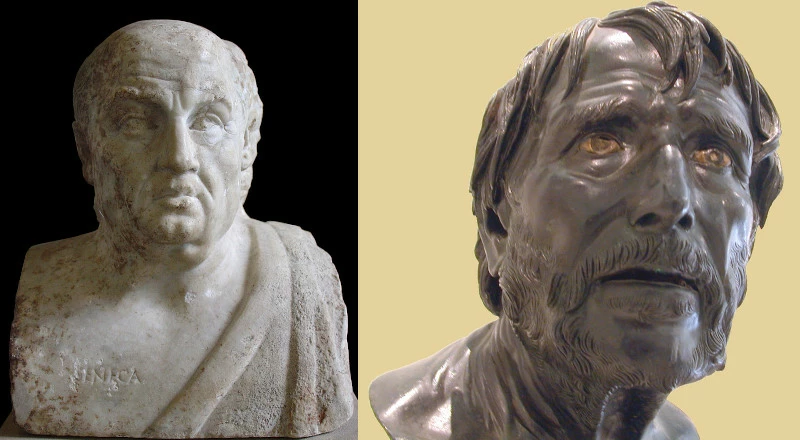
 Here’s some interesting links I found on America, China, and Africa over the year that I thought worth revisited as we move from 2021 to 2022.
Here’s some interesting links I found on America, China, and Africa over the year that I thought worth revisited as we move from 2021 to 2022.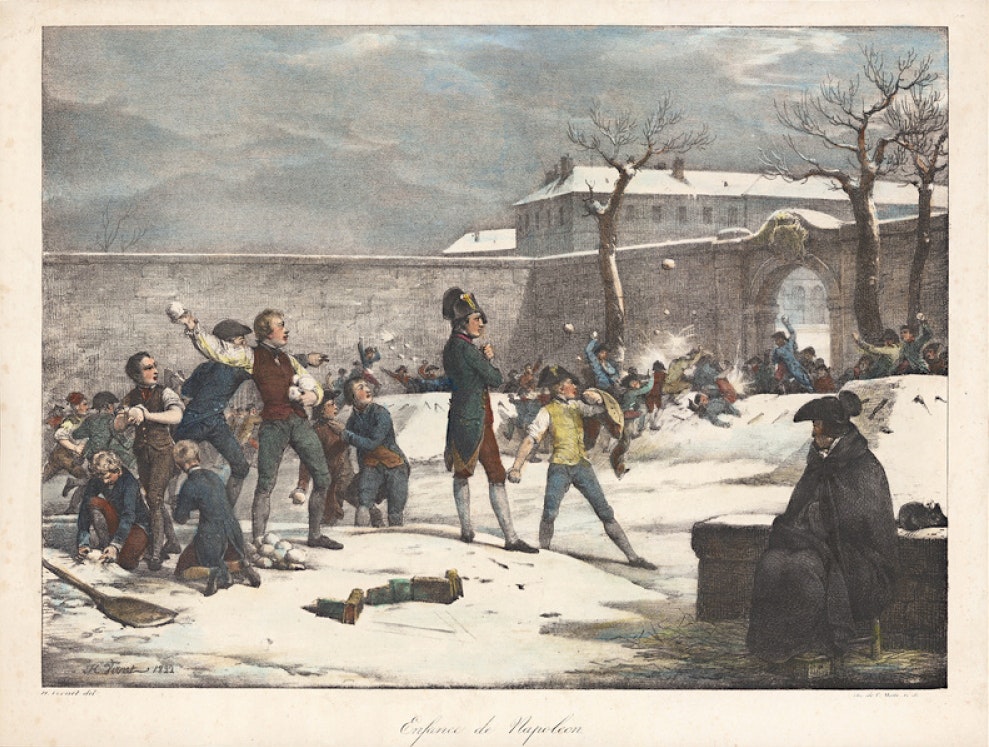



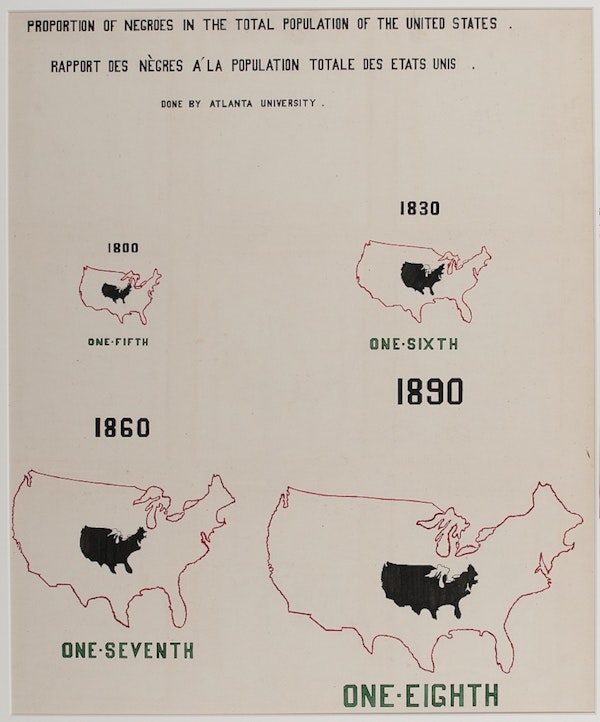
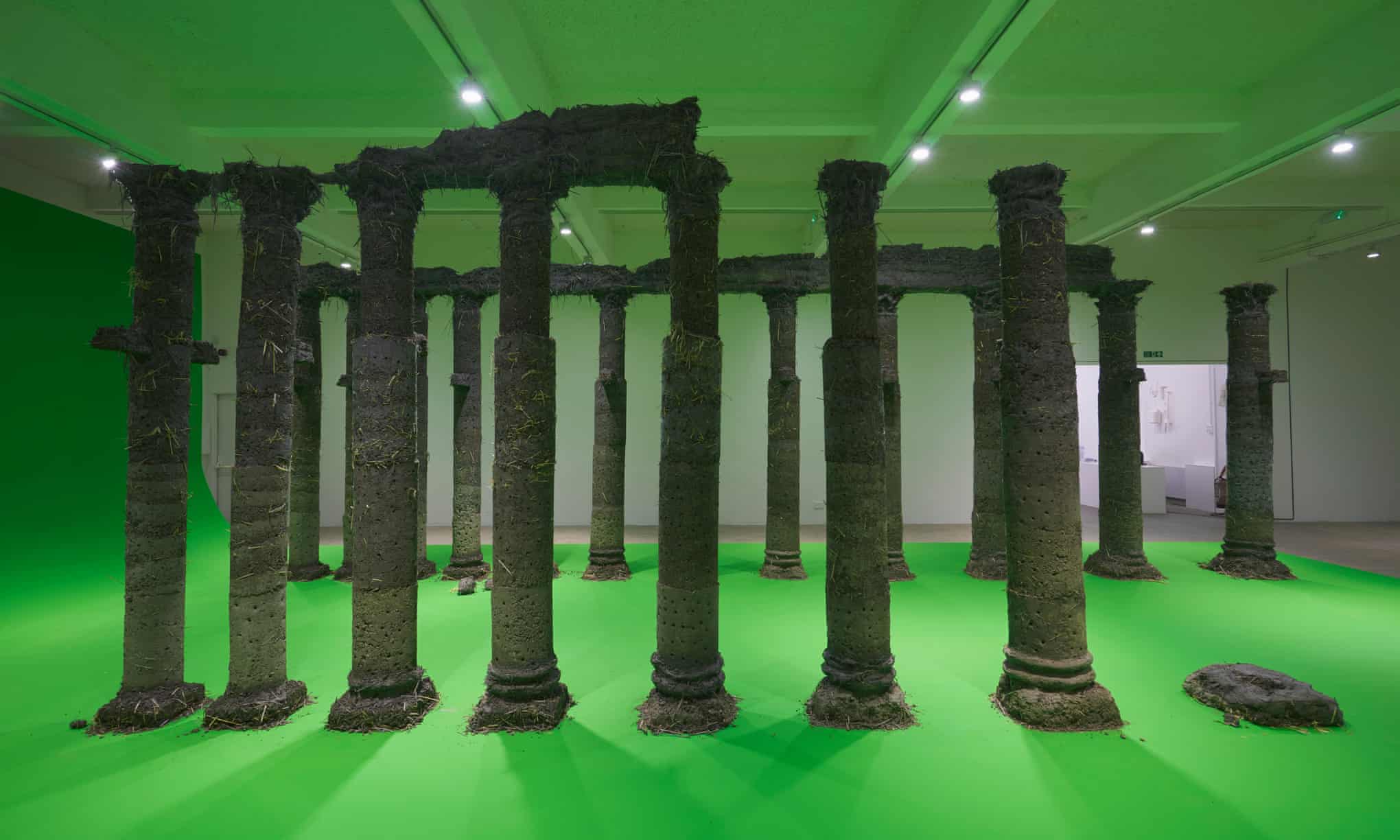

/https://www.thestar.com/content/dam/thestar/news/gta/2015/07/12/yiddish-sign-survives-threat-to-last-vestige-of-jewish-enclave-on-baldwin/ci-yiddishsignjpg.jpg)
